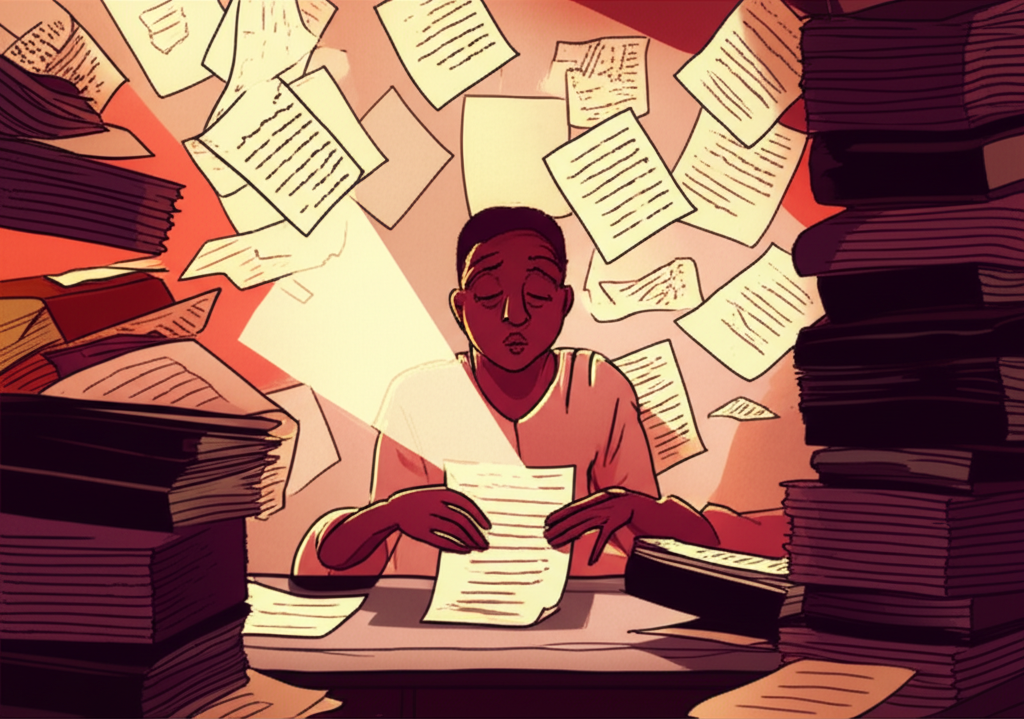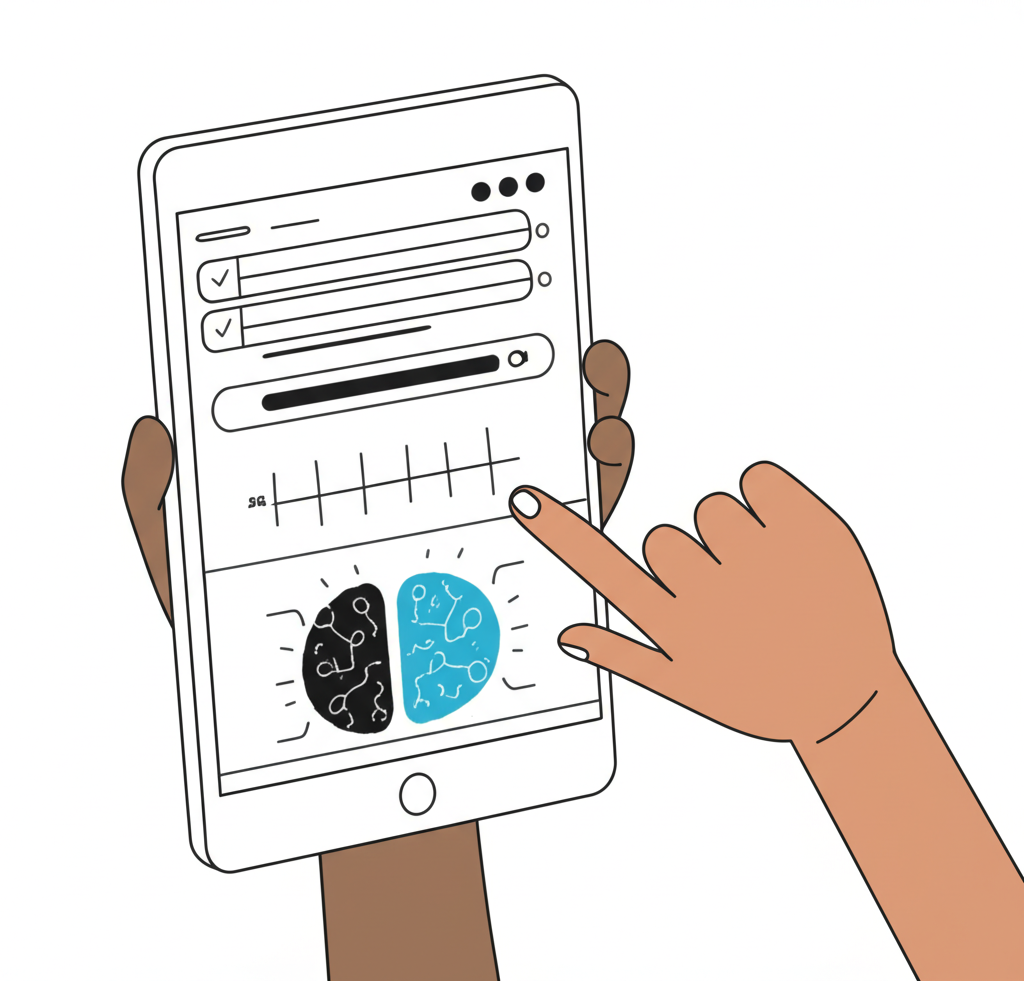Feel like you’re constantly putting things off? That big project, the important email, even simple chores around the house? You’re alone. Procrastination is a universal struggle, causing stress, missed opportunities, and feelings of guilt. It can impact everything from your work performance to your personal well-being, and understanding it is the first step to overcoming it. For many, it’s a puzzle involving deeply ingrained habits and psychological hurdles, as outlined in various resources including articles found on sites like Psychology Today.
Procrastination isn’t mere laziness; it’s a complex behavior driven by psychological and even neurological factors. It’s delaying a task that needs to be done, often for less urgent, more pleasurable activities. This guide dives into the science and psychology behind why we procrastinate and provides a comprehensive toolkit of practical strategies and tech solutions to help you beat this habit. By understanding the roots, identifying your patterns, and applying evidence-based techniques, you can learn to take action, manage your time effectively, and reclaim your productivity. Get ready to tackle your to-do list using proven productivity tips.

The Deep Roots of Procrastination: More Than Just Laziness
Understanding why we procrastinate goes beyond simple willpower. It involves a fascinating interplay between different parts of your brain and deeply embedded psychological patterns. It’s not a moral failing, but often a response to internal discomfort or specific ways we process tasks and their associated feelings.
The Role of the Brain: Prefrontal Cortex vs. Limbic System
Our brains play a key role. The prefrontal cortex, located right behind your forehead, is responsible for executive functions like planning, decision-making, and impulse control. Think of it as the logical, long-term planner.
However, the limbic system, an older part of the brain, is driven by emotions and seeks immediate comfort and rewards. Procrastination often arises when the impulsive limbic system overrides the rational prefrontal cortex. This is sometimes called “present bias” or “delay discounting,” where the immediate payoff of avoiding discomfort feels more appealing than the future reward of completing the task.
Psychological Underpinnings
Several psychological factors contribute to procrastination:
- Fear of Failure/Success: Anxiety about not doing a good job, or even fear of the pressure that comes with success, can lead you to avoid starting altogether.
- Perfectionism: The desire to do something flawlessly can be paralyzing. Fear of not meeting impossibly high standards causes delay because starting feels overwhelming.
- Self-Regulation Failure: This involves difficulty controlling impulses, managing emotions, or maintaining focus on long-term goals over immediate desires.
- Low Self-Efficacy: Doubting your own ability to complete a task successfully undermines motivation and makes it easier to postpone action.
- Emotional Regulation: Procrastination can be a way to cope with negative feelings associated with a task, such as boredom, anxiety, frustration, or insecurity.
Identifying Your Procrastination Style
Procrastination isn’t a one-size-fits-all behavior. Recognizing how you tend to procrastinate can be incredibly helpful in choosing the right strategies to counteract it. Your specific style often points to the underlying psychological trigger.
Here are three common procrastination styles:
The ‘Arousal’ Procrastinator
This person deliberately waits until the last minute. They believe they work best under pressure and seek the adrenaline rush or thrill of a tight deadline. While this might occasionally work, it often leads to rushed work, stress, and mistakes.
The ‘Avoidance’ Procrastinator
This style is driven by fear – fear of failure, fear of judgment, or fear of the unknown. They avoid the task entirely because confronting it feels too risky or uncomfortable. This is closely linked to perfectionism and low self-efficacy.
The ‘Decisional’ Procrastinator
This type struggles with making decisions, often getting stuck at the planning or starting phase. They might spend excessive time researching, planning, or considering options without ever taking concrete action on the task itself.
Self-Reflection Prompt: Think about the last time you procrastinated on an important task. Which of these descriptions feels most like your experience? Understanding your style is a powerful first step towards change.
Evidence-Based Strategies to Break the Cycle
Fortunately, science and psychology offer proven techniques to combat procrastination. These strategies focus on changing your thoughts, behaviors, and environment to make starting and completing tasks easier. They target the core reasons we delay action.
Cognitive Behavioral Techniques
These methods help you change your thinking patterns and responses to tasks:
- Task Decomposition (Slicing the Elephant): Break down large, daunting tasks into tiny, manageable steps. This reduces overwhelm and makes the task feel less intimidating, allowing you to start and build momentum with small wins.
- Time Blocking/Pomodoro Technique: Dedicate specific, short blocks of time (e.g., 25 minutes with 5-minute breaks) to focused work. This structures your time, prevents burnout, and makes staring down hours of work less daunting.
- Reframing Your Thinking: Challenge negative or rigid thoughts about tasks. Replace “I have to write this report” with “I choose to work on this report for the next 30 minutes” or “I will make progress on this task.”
- Mindfulness and Acceptance: When uncomfortable feelings about a task arise (like boredom or anxiety), notice them without judgment. Accept their presence without letting them force you to avoid the task.

Environmental and Behavioral Modifications
Changing your surroundings and habits can significantly impact your tendency to procrastinate:
- Creating a Dedicated Workspace: Designate a specific area free from distractions for work or study. This signals your brain it’s time to focus.
- Eliminating Distractions: Turn off phone notifications, close unnecessary browser tabs, or use website blockers. Make it harder to veer off course.
- Setting Clear Goals and Deadlines: Use the SMART criteria (Specific, Measurable, Achievable, Relevant, Time-bound) to define your goals and deadlines. Clarity reduces decisional procrastination.
- The “Two-Minute Rule”: If a task takes less than two minutes, do it immediately. This prevents small tasks from piling up and builds a habit of immediate action.
- Habit Stacking: Link a new task you want to do to an existing habit. For example, “After I make my morning coffee, I will write one sentence for my report.”
- Reward Systems: Plan small, immediate rewards for completing tasks or achieving milestones. Positive reinforcement motivates you to take action.
Leveraging Technology and Tools to Boost Productivity
In the digital age, various tools can be powerful allies in the fight against procrastination. They help with organization, focus, tracking, and breaking down work, addressing many common procrastination triggers.
Task Management & Project Tools
These tools help you see your workload clearly and break it down. They offer features like subtasks, deadlines, and progress tracking. This reduces the feeling of being overwhelmed and clarifies where to start.
Examples include tools like Asana, Trello, or Todoist. Using them helps manage complex projects by making them visual and actionable.
Focus & Distraction Blocking Apps
If external distractions are your main issue, these apps create digital boundaries. They can block specific websites or apps for set periods, making it impossible to get sidetracked. This reinforces environmental control.
Popular options include Forest, Freedom, or Cold Turkey. By limiting access to time-wasting sites, they support focused work sessions.
Time Tracking Tools
Understanding how you spend your time increases self-awareness and accountability. Tracking tools help you see exactly where your hours go, highlighting time sinks and improving your ability to estimate how long tasks will take.
Tools like Toggl Track or Clockify provide data on your work habits. This data can be a powerful motivator to stay on task and avoid drifting into non-essential activities.
Note-Taking & Knowledge Management
Having a system to quickly capture ideas, organize research, and store information makes starting tasks easier. These tools ensure you don’t lose valuable thoughts and provide a central place to pull resources from when beginning a project.
Apps such as Evernote, Notion, or Obsidian allow you to structure information. This reduces the initial hurdle of “where do I even find the information?” or “how do I organize my thoughts?”
Building Long-Term Resilience Against Procrastination
Overcoming procrastination isn’t a single event; it’s an ongoing process. Building resilience means developing habits and a mindset that helps you consistently choose action over delay. This requires patience and self-understanding.
Self-Compassion
Be kind to yourself when you inevitably slip up. Procrastination is a deeply ingrained habit for many. View setbacks as learning opportunities rather than failures. Self-criticism only makes it harder to try again.
Reflection and Learning
Regularly analyze why you procrastinated on specific tasks. Was it fear, boredom, indecision, or distraction? Identifying your triggers helps you anticipate future challenges and apply the right strategies proactively.
Building Momentum
Focus on simply starting. The hardest part is often taking the first step. Even a small action, like writing one sentence or opening a relevant document, builds momentum and makes the next step feel easier. Don’t wait for motivation; create it through action.
Seeking Support
Don’t hesitate to reach out if you’re struggling. An accountability partner, mentor, therapist, or coach can provide support, perspective, and strategies tailored to your situation. Sometimes, external help is needed to break long-standing patterns.
Conclusion
Procrastination is a complex challenge rooted in our psychology and neurology, not just laziness. By understanding the conflict between our planning brain and our desire for immediate comfort, and by identifying our personal procrastination style, we gain valuable insight.
Beating procrastination involves a multi-faceted approach. Combining cognitive and behavioral strategies like task decomposition and time blocking with environmental controls and helpful tech tools can significantly reduce the urge to delay. Remember that building resilience is a journey. Be patient, practice self-compassion, learn from your experiences, and celebrate small victories. You have the power to choose action and build a more productive, less stressful life.
FAQ
Q: Is procrastination the same as laziness?
A: No, they are different. Laziness is often a lack of motivation or unwillingness to act. Procrastination is the delaying of a task despite knowing it should be done, often due to psychological barriers like fear, anxiety, or difficulty managing emotions associated with the task.
Q: Can perfectionism cause procrastination?
A: Yes, absolutely. Perfectionists often delay starting or finishing tasks due to an intense fear that their work won’t be good enough. This fear of not meeting impossibly high standards leads to avoidance.
Q: What is the “Two-Minute Rule”?
A: The Two-Minute Rule is a simple strategy where if a task takes less than two minutes to complete, you should do it immediately. This prevents small tasks from accumulating and builds a habit of taking action.
Q: How do I know my procrastination style?
A: Reflect on your past experiences with procrastination. Do you wait for adrenaline (Arousal)? Do you avoid tasks you fear (Avoidance)? Do you get stuck trying to decide how to start (Decisional)? Your typical pattern can help you identify your style.
Q: When should I seek professional help for procrastination?
A: If procrastination is severely impacting your life – your job, relationships, finances, or mental health – and the strategies you’ve tried aren’t helping, it might be time to talk to a therapist or coach who specializes in productivity, anxiety, or behavioral issues.

